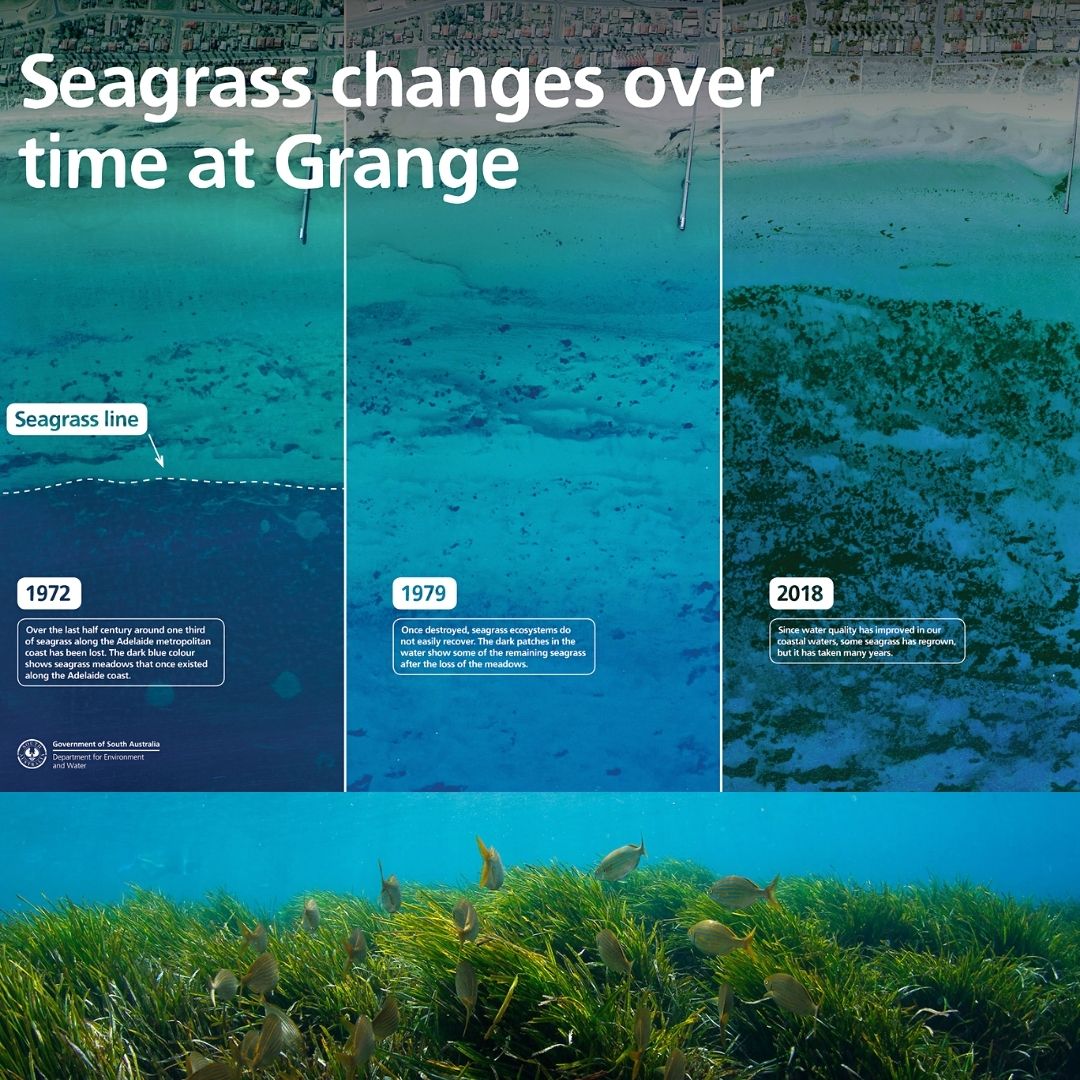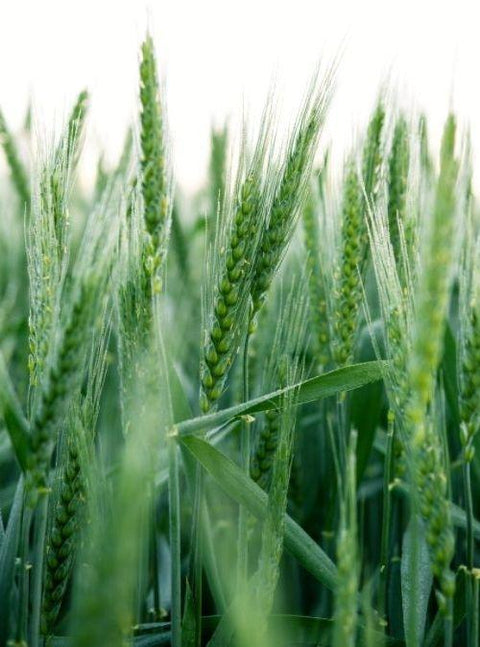Seagrass, often referred to as the ‘wonder plant’, is the focus of a major regeneration project in the UK thanks to WWF, Sky Ocean Rescue, Project Seagrass and Swansea University!


Restoring The UK’s Seagrass Forests
The UK’s largest seagrass restoration project is underway! Already, 1.2 million seagrass seeds across 2 hectares have been planted off the southwest coast of Wales. The project’s organisers — WWF, Sky Ocean Rescue, Project Seagrass and Swansea University — worked with 2,108 volunteers from 44 separate organisations to plant the seagrass meadows.
But, this is just the beginning! By 2026, the project’s organisers hope to restore 20 hectares of seagrass. By 2050, they hope to restore 2,500 hectares. If successful, this cutting-edge project could pave the way for large-scale seagrass restoration projects around the world. After losing around 92% of its seagrass in 100 years, UK conservationists are hoping that this ‘wonder plant’ will combat climate change and provide a nursery for a wide variety of marine life.


Seagrass Can Absorb Carbon 35x Faster Than Tropical Rainforests!
So, why plant seagrass? Well, for starters — seagrass can absorb carbon up to 35x faster than tropical rainforests — an incredible tool in the fight against climate change!
Even though seagrass only covers 0.2% of the seafloor, it absorbs 10% of the ocean’s carbon each year. Essentially, seagrass meadows are like supercharged underwater rainforests. It’s not called a ‘wonder plant’ for nothing! Seagrass meadows provide habitats for marine life, produce oxygen, and protect coastlines from erosion and flooding.
This leafy plant grows excellently in shallow waters — a 10,000m2 area can support 80,000 fish and over a million invertebrates.


Why Is Seagrass Disappearing?
If seagrass is so important to ocean health, then why is it disappearing so quickly? UK scientists have sounded the alarm due to the ‘catastrophic’ loss of seagrass meadows, which is estimated to be around 92% in the last century or two.
Pollution from industry, mining and farming, along with dredging, bottom trawling and coastal development are to blame. The good news — seagrass meadows are extremely resilient and can rebound quickly in the right conditions.
Planting seagrass can address the climate emergency in the UK. "When we think about climate change, we probably think we need to plant more trees — we wouldn't think that seagrass can store carbon 35x faster than a tropical forest,” said Jenny Oates from WWF.


Australia’s Largest Seagrass Restoration Project Is Taking Place In SA
Big things are happening here in Australia, too! As part of the South Australian Government’s ‘New life for our coastal environment’ project, around 10ha of seagrass will be restored off Adelaide’s metropolitan coastline. It’s estimated that around 1/3 of this seagrass has been lost in the last half-century.
Using a technique developed in SA, divers place hessian sacks on the seafloor to encourage young seagrass to attach to and grow. By the time they break down, many of the seagrass seedlings are strong enough to endure strong waves.
Recently, a group of researchers came up with new and exciting ways to scale up seagrass restoration outcomes for common Australian seagrass species. Wonderful news!
This ‘wonder plant’ has a tonne of benefits for our climate, marine ecosystems, and coastal communities! We’d love to see more large-scale seagrass restoration projects taking place all over the world, especially in Australia.
For more fantastic marine conservation projects, check out our Eco News category and the blogs below.
Greening Australia’s Reef Aid Program Celebrates 5 Year Anniversary

